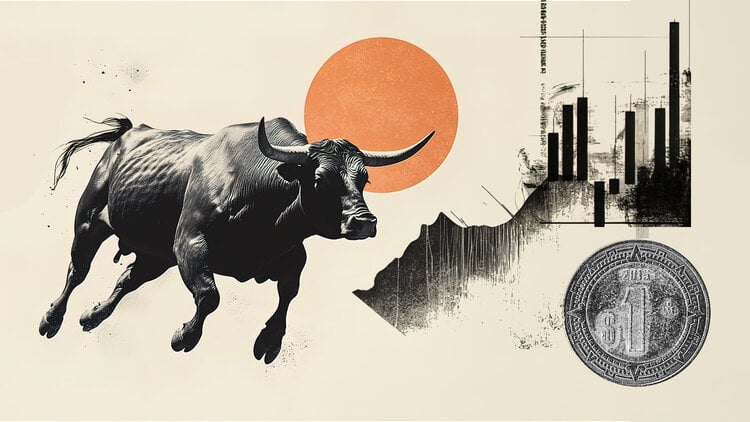All June celebration self-respecting people have bonfires, square dances and good food in abundance! It is the party that celebrates the life of the interior, the way of being a redneck. Therefore, many dishes consumed in the period were born from the coming and going of the drovers, who carried not only the food in the mule’s scup, but also the food culture from one corner of Brazil to the other.
June is also the time for the corn harvest, so cakes, mungunzás, curaus and pamonhas take over the stalls that are scattered throughout the streets and squares of the cities. Colorful and rocked by the rhythms of the accordion, the festivities that pay homage to Santo Antônio, São Pedro and São João are known for their abundance of delicacies typical of the time.
It’s time to warm up your chest with a good warm drink, eat hominy or mungunzá with plenty of peanuts or take a nice bite of the apple of love. And by the way, did you know that the apple of love – like this, on a stick and bathed in red syrup – was born in São Paulo? And that was once a Valentine’s Day gift symbol?
Well, as it turns out, san antonio , the most matchmaker of saints, also loves sweets. Because, definitely, who has never fallen in love under the colorful flags while biting a sweet apple?
Understand the origin of some recipes from the Festas Juninas
Peanut candy

Pa-soka, from the Tupi language, means to crumble, to crush with the hands. This is where our paçoca comes from, an indigenous dish originally prepared with flour and meat pounded in a mortar.
In the 17th century, with the movement of entries and flags, whose mission was to conquer the backlands of Brazil, indigenous people were enslaved to work in the gold mines. Thus, paçoca became one of the main foods in the miners’ diet.
But it was the drovers who spread the recipe from one part of the country to another. With quick and light preparation, the paçoca was easy to transport, not serving as the excess load that horses and mules already carried.
Peanuts only entered the recipe in the colonial period. In practical, easy-to-carry packaging made from crushed ingredients, the industry decided to name the sweet – prepared with sugar, peanuts and salt – as paçoca.
In the first decades, it was still called peanut candy. The word paçoca only came into use in the 1980s. The sweet, which is king at the Festa Junina, originates in the interior of São Paulo.
The state is responsible for about 80% of the national production of peanuts. Although it is also sold in a square shape, it is the paçoca in the shape of a cork that is most popular with children and adults.
brat’s foot

Among the genuinely Brazilian sweets, such as Mãe-Benta and Cocada, is Pé-de-moleque, made with rapadura and cashew nuts in the Northeast and, in the rest of the country, with peanuts.
The singer Bidu Sayão (1902-1999) told that, at the beginning of the 20th century, there were many greengrocers selling sweets on trays in the streets of Rio de Janeiro. The boys especially liked the peanut preparation, but since they didn’t have any money, they pilfered it from the saleswomen, who scolded the kids: “Ask, kid! Ask, kid”. Hence, the name.
Another hypothesis comes from its appearance. To smooth the pavement between the irregular stones, the enslaved Africans spread sand mixed with earth. Then, the boys stepped between these spacings, kneading so that the ground was firm. This type of pavement came to be called pé-de-moleque. As the delicacy resembles typical Brazilian colonial pavement, it ended up taking the same name.
The recipe emerged in the mid-16th century, with the arrival of sugar cane in Brazil. The delicacy’s secret lies in breaking the syrup which, when crystallized, hardens the candy. Therefore, back in its origin it became known as jawbreaker or toothbreaker.
It was only over the years that the confectioners improved until reaching the right point, neither too hard nor too soft. Piranguinho, a city in the south of Minas Gerais, is known for its artisanal production of sweets. During the Festa do Pé de Moleque, local producers produced the largest ever made in the world, weighing 407 kilos and measuring 27 meters in length.
Love Apple

The apple of love was born in São Paulo. The Catalan José Maria Farre Angles arrived in Brazil in 1954 and, in order to survive with his family, he ended up inventing the sweet in the year following his arrival. In 1959, the creation was patented.
His inspiration came from the Chinese caramelized fruits known as tanghulu, such as grapes and pineapple. Angles didn’t think twice when choosing the apple, a fruit well known to Brazilians, to start the business.
The apples were then covered with a crystallized red syrup and sold in squares, fairs and June festivals. It became a perfect gift on Valentine’s Day, June 12th.
In 1960, Angles baptized his creation with the name of apple of love, using as a reference the fruit that expelled Adam and Eve from Paradise. Some books, however, record that the North American William W. Kolb would have produced the first candy apple in 1908.
Since then, they have become common in autumn festivals in the Northern Hemisphere, such as Halloween, which follows the annual apple harvest. But, unlike the ones we know in Brazil, they are not sold on a toothpick and don’t even receive red syrup.
quentão

Celebrated in the middle of winter, Festa Junina calls for hot food – and drinks. Legend has it that this is how the quento came about. There is no consensus of its origin, some believe it was in Minas Gerais, others in the interior of São Paulo. But it was in the countryside – and there’s no questioning this – that the people decided to add spices to cachaça to warm the body during celebrations of the June Saints.
It ended up becoming the official drink of Festas Juninas throughout Brazil. Depending on the region, recipes vary. In the Southeast and Northeast, quento is prepared with cachaça, thanks to its large sugarcane productions.
In the South, however, cachaça is replaced by wine, which is often accompanied by fruit, usually chopped apples. Orange and lemon can also be used in the mix while the drink boils.
The most traditional recipe uses cachaça, water, sugar, ginger, cloves and cinnamon. According to the folklorist Amadeu Amaral, in his “O dialeto caipira”, quentão is a word of caipira origin.
hominy or mungunzá

Corá, jimbelê, curau and mungunzá. These are the other definitions in the dictionary for one of the classics of June food made from white corn cooked with milk and sugar.
Many stories involve the origin of the dish, which for some comes from the Tupinambás, for others from Africa or even India. The most plausible, however, is that it is an Afro-Brazilian delicacy.
Mungunzá is very similar to Cape Verde’s cachupa, a salty corn dish cooked with beans and meat or fish. Mu’Kunza, in the Kimbundu African dialect, is translated into Portuguese as boiled corn.
In Brazil, African culinary knowledge gained the use of Brazilian ingredients such as coconut milk and touches of Indian spices (cloves and cinnamon), which are widely used in Portuguese sweets. Over the years, the recipes gained other versions with the use of condensed milk, grated coconut and peanuts.
There are even those who use paçoca to make the cream even more delicious. In the North and Northeast it is called mungunzá. In the rest of the country, it received the name of canjica.
Source: CNN Brasil
Johanna Foster is an expert opinion writer with over 7 years of experience. She has a reputation for delivering insightful and thought-provoking articles on a variety of subjects. Her work can be found on some of the top online news websites, and she is currently lending her voice to the world stock market.







